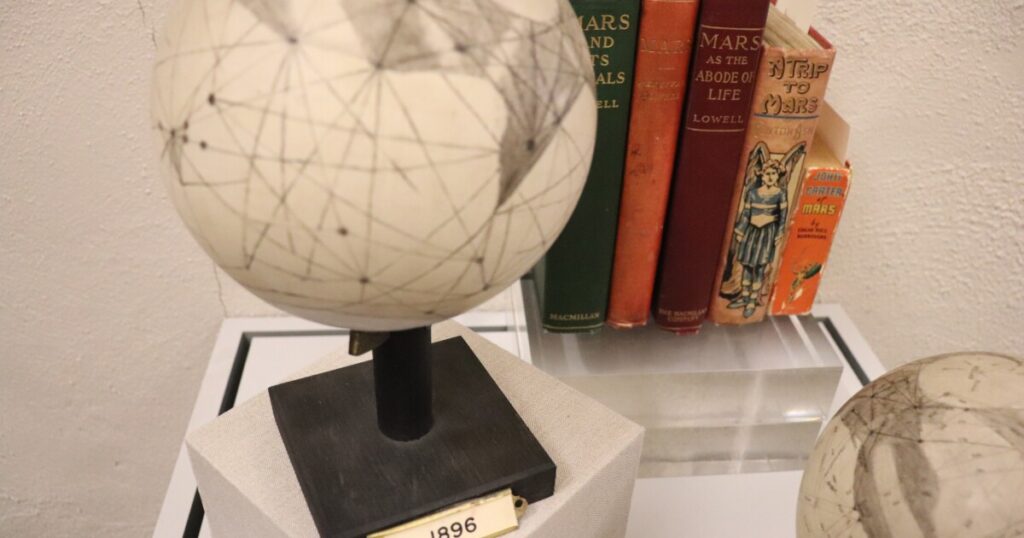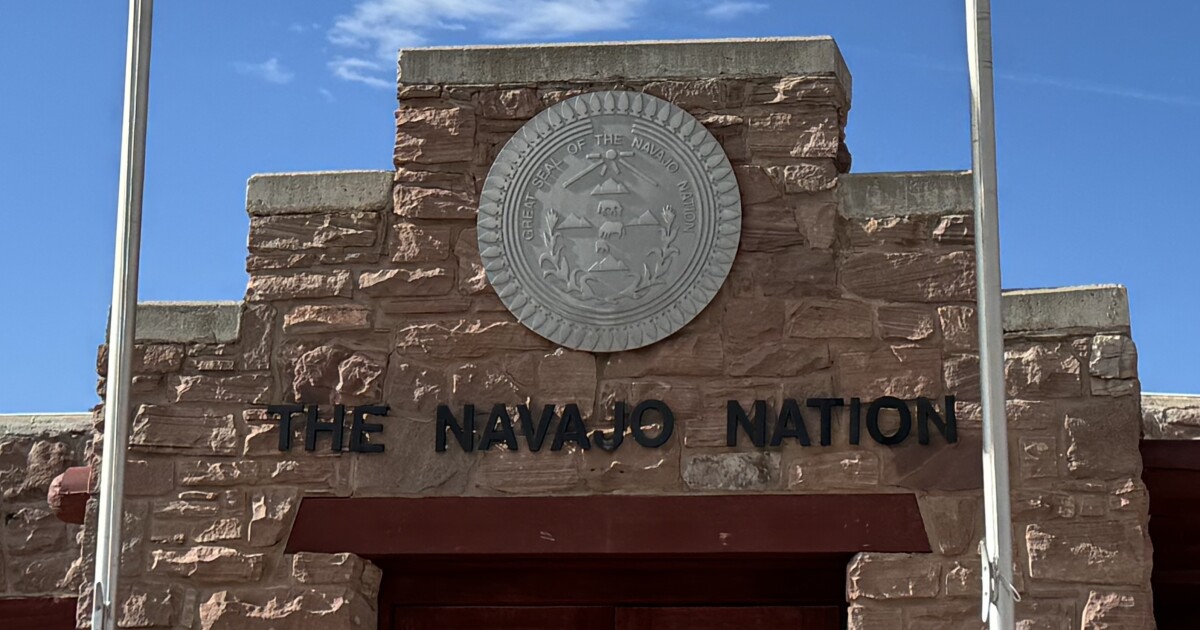At the dawn of the 20th century, a fascination with life on Mars captivated the American imagination. David Baron’s new book delves into this period, tracing the intrigue back to an astronomer’s observations in Flagstaff. In a conversation with KNAU’s Melissa Sevigny, Baron explores how imagination can both inspire and mislead.
Exploring the Origins of the Martian Obsession
What sparked your interest in documenting this unique chapter of American history, where the belief in Martians was widespread?
Having grown up in the 1960s, I was surrounded by the concept of Martians, from cartoons like Bugs Bunny featuring Marvin the Martian to comic books and sci-fi. My curiosity was piqued, leading me to uncover historical newspapers that revealed Martians were once considered scientific fact rather than fiction.
The Role of Percival Lowell in Martian Mythology
How does Percival Lowell connect to this Martian narrative?
In 1894, Percival Lowell established the Lowell Observatory in Flagstaff to specifically investigate Mars. The intrigue began when Italian astronomer Giovanni Schiaparelli observed unusual straight lines on Mars in 1877, initially describing them as channels, or canali in Italian. However, this term was mistranslated into English as canals, fueling speculation. Lowell proposed that these canals were constructed by intelligent beings on Mars who had developed advanced technology to survive by utilizing polar ice meltwater.
Public Reception and the Decline of the Martian Phenomenon
Why did the public embrace this narrative so enthusiastically?
Lowell’s Martians were depicted as technologically advanced and morally superior, offering hope for answers to existential questions about the soul, meaningful life, and the elimination of suffering. This narrative restored faith in higher beings for many, making it an appealing notion.
How did the fascination with Martians persist, and what led to its decline?
While skepticism existed among some astronomers regarding Lowell’s theory and the existence of the lines, it was in 1909 when the notion of these lines being optical illusions gained traction. As astronomers shifted their stance, the idea began to fade, though Lowell remained steadfast in his beliefs.
The Dual Nature of Imagination
Do you view this story as a testament to the power of imagination or a warning about the potential for myths to diverge from reality?
This narrative embodies both aspects. It serves as a cautionary tale about the dangers of believing in things simply because they are desirable. However, Lowell’s influence also sparked excitement about Mars, paving the way for the emergence of science fiction and inspiring the Space Age.
David Baron’s book, The Martians: The True Story of an Alien Craze that Captured Turn of the Century America, is now available. Thank you for the conversation, David.
Thank you, Melissa.
—
Read More Arizona News










